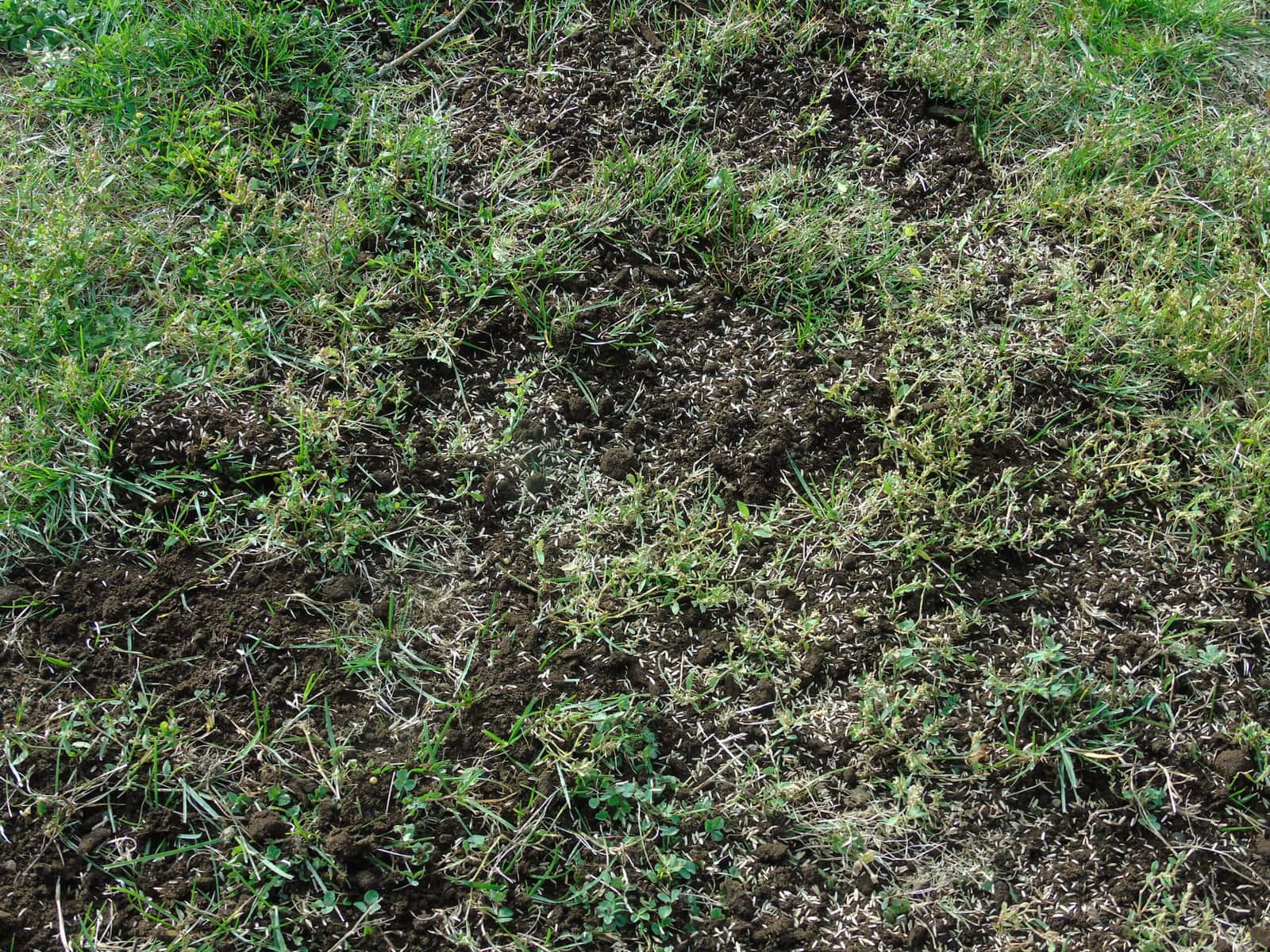This past Sunday I spotted the first ones of the season … that’s right: the first dandelions of the year.
I know most of us dread to see them coming up in our lawns, but they are happy-looking little flowers.
If only they would come up in someone else’s lawn.
The heavy rains last week have also helped the lawns to green up and start growing.
So, now is the time to get the lawn in shape for the season.
Once the lawn area has dried up a bit and the soil is no longer feels spongy, your first task will be to clean up branches and give the lawn a good rake over with a fan rake.
This is to help clean up any debris left on the lawn over winter and reduces the chance of disease on your lawn, such as snow mould.
It also loosens up the soil surface before putting down grass seed.
If you had a problem with crabgrass in your lawn last year, then you will want to get it under control this spring.
Early to mid April (when the forsythia is just coming into bloom) is the right time to apply a crabgrass preventer, such as corn gluten, to keep the crabgrass seed from germinating.
Corn gluten meal is a powdery byproduct of the corn milling process.
This natural protein is very effective as a plant food as well as a weed suppressor.
As a plant food, corn gluten has a NPK ratio, the proportion of nitrogen, phosphorus and potassium in fertilizer, of 9-1-0.
As a weed suppressant, corn gluten acts as a natural “pre-emergent,” meaning it inhibits seed germination by drying out a seed as soon as it cracks open to sprout.
If you can keep the crabgrass seeds from germinating for those first couple weeks of spring, they will most likely stay dormant for the entire season.
You must follow the instructions carefully to be successful.
If crabgrass wasn’t a problem last year, then you should be fertilizing the lawn with a higher nitrogen fertilizer (high first number).
Try to use organic fertilizer wherever possible. Most fertilizers will remain effective for five to six weeks, so do not apply another fertilizer for at least a month and a half.
Also, if you have applied corn gluten do not seed your lawn for the same length of time.
Spring is a great time to address any thatch problem that you might have.
Thatch is the layer of slowly decomposing grass stems, dead roots and debris that accumulates above the soil and below the grass blades.
Having some thatch (less than a quarter inch) is beneficial.
It helps to absorb moisture and keep it at the root level, and it shades the roots so that the soil does not dry out as quickly.
Thatch becomes a problem when it is thicker than a quarter inch.
Thatch is more of a problem when you have acidic soil or where a lot of high nitrogen fertilizers have been used.
The micro-organisms that help to break down the thatch layer do not like soils high in nitrogen or acidic conditions.
Dethatching should be done just before vigorous growth in spring or fall, but it does not need to be done every year, just when it is more than a quarter-inch thick.
To check to see if you need to dethatch, dig up a small area of sod and check the thickness of the spongy layer below the grass blades, and above the roots.
Dethatching is done with a sharp, diamond-toothed thatching rake.
Simply pull the rake through the grass and it will pull out a lot of the brown decomposing debris.
You can also remove some thatch by using your fan rake in a brisk manner.
Another spring task is aerating your lawn.
Aerating your lawn is a procedure where cores of soil are removed to allow more air into a compacted soil.
This does not need to be done every year unless you have very heavy, hard soil.
Aerating is best done early spring or in the fall especially if we have had a very dry summer.
There are aerating tools for the homeowner, but you may want to consider hiring someone to do this for you.
Having your lawn rolled is another ritual of spring. This will help smooth out rough areas.
This does not need to be done every year because it will compact your soil even more and just fills in the wormholes that were helping you aerate the soil naturally.
Rolling your lawn should be done when soil is slightly moist. If it is too dry, it won’t be as effective.
Reseeding your lawn every spring is the best way to choke out weeds from forming. The thicker the lawn, the less weeds there will be.
Before you begin to reseed your lawn, rake up any dead debris that remains on the lawn from the winter.
Then, put a thin layer of fresh topsoil or compost over area that you will be reseeding.
Next, generously scatter the seed over the desired area.
You can lightly cover or rake over the scattered seeds in to hide the seeds from the birds.
Keep the seeded area evenly moist for the next week or two. The seeds should germinate in 10 to 14 days.
Joanne Young is a Niagara-on-the-Lake garden expert and coach. See her website at joanneyoung.ca











